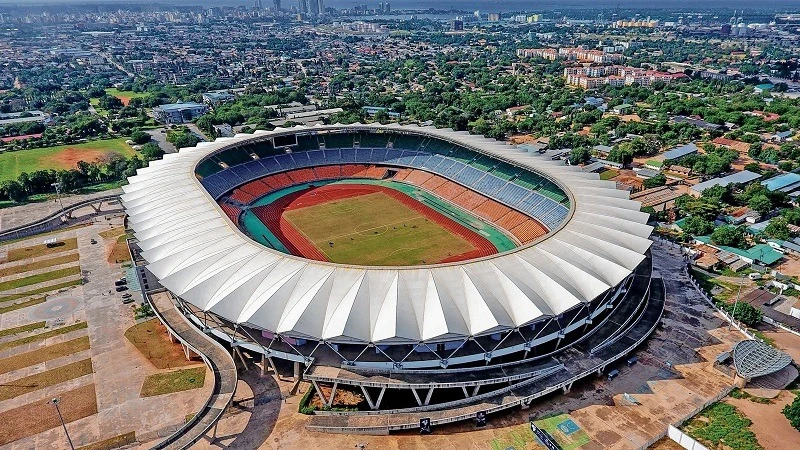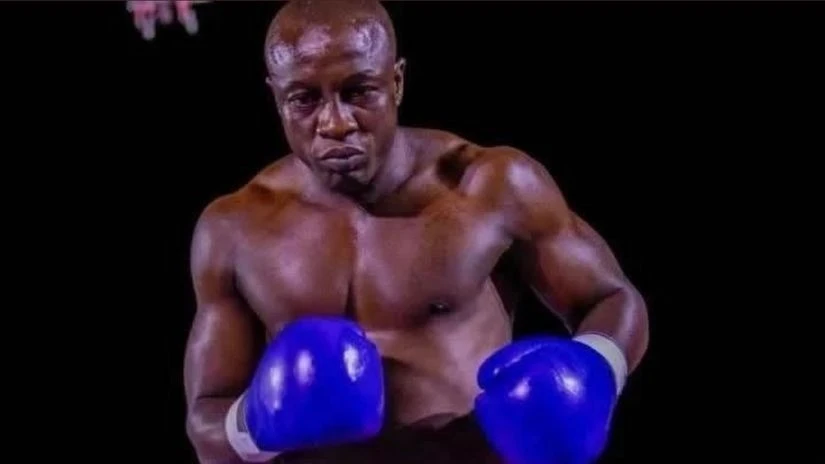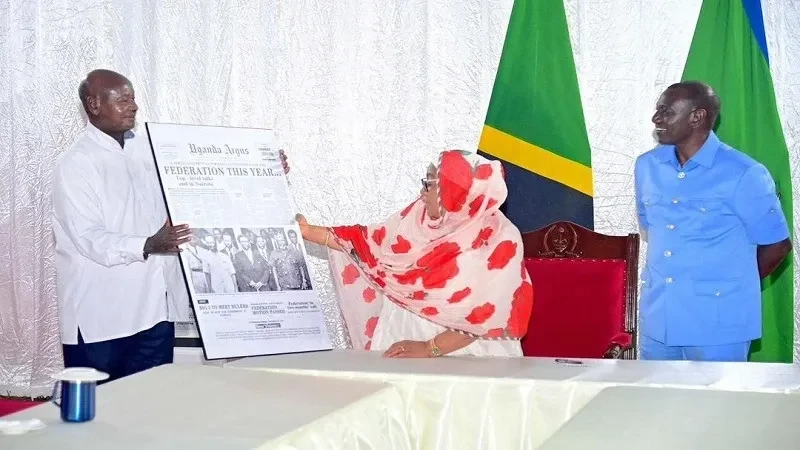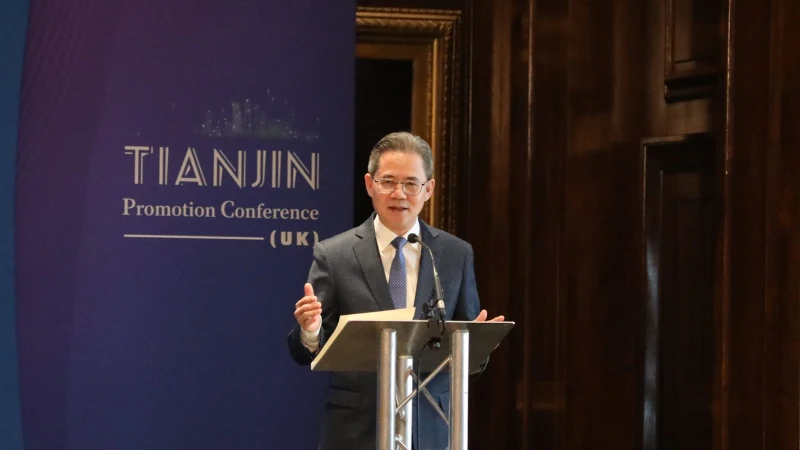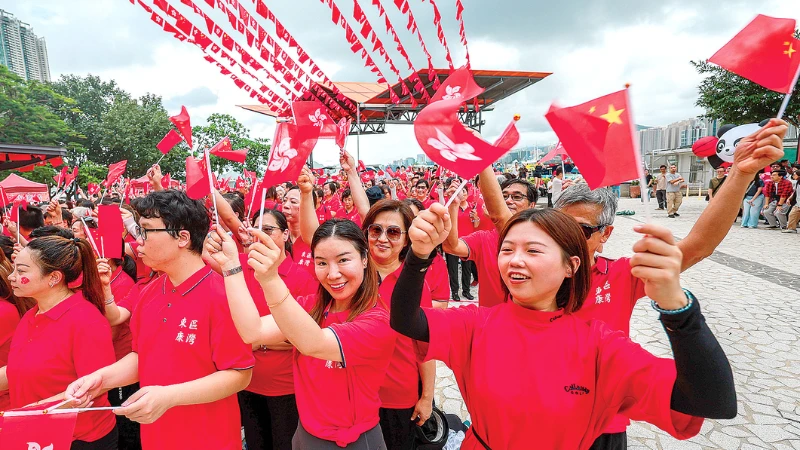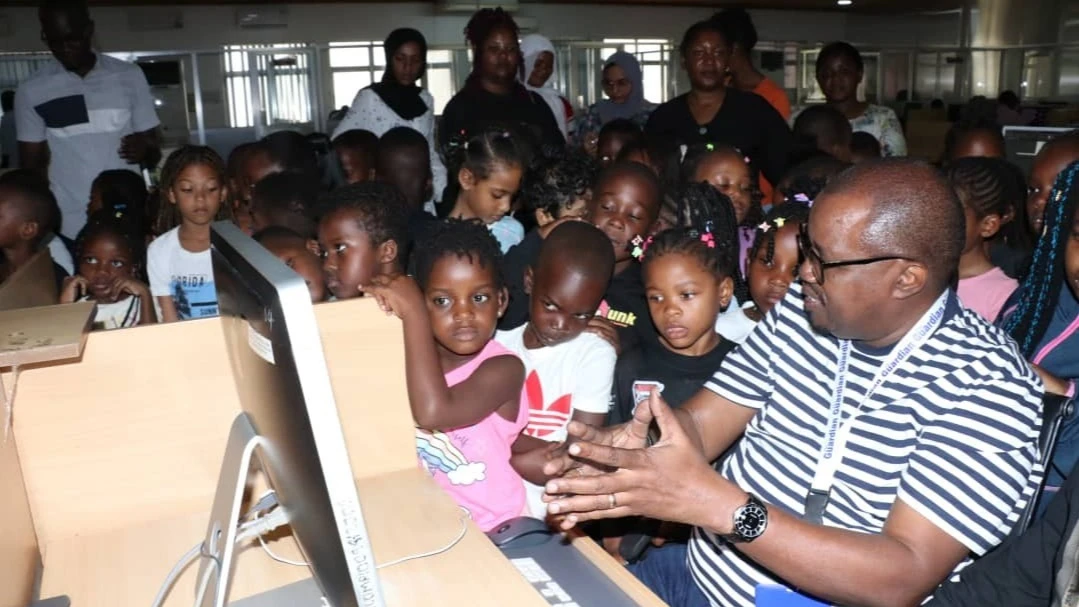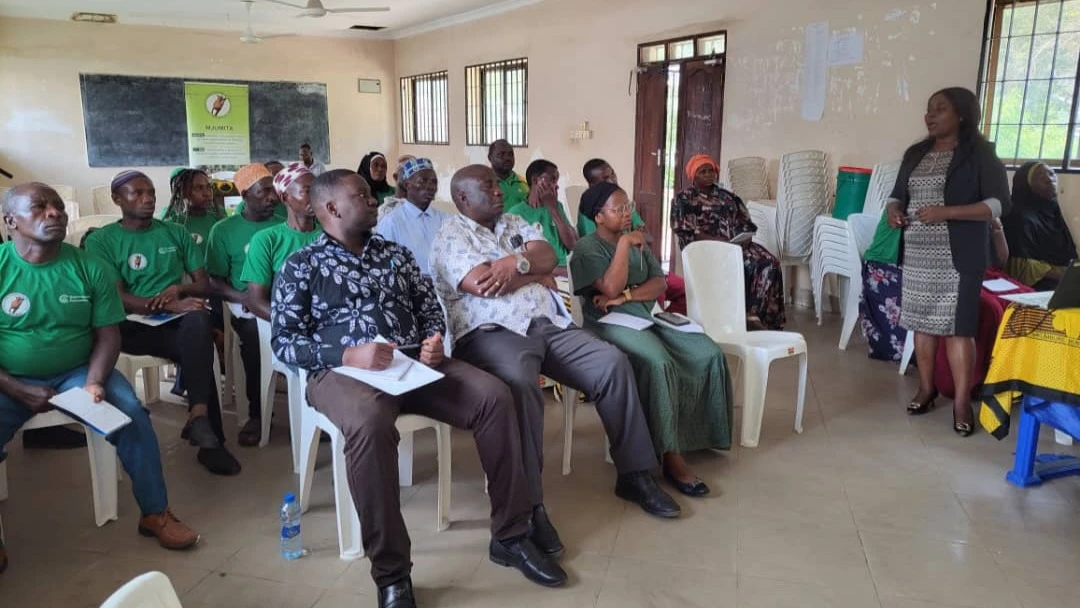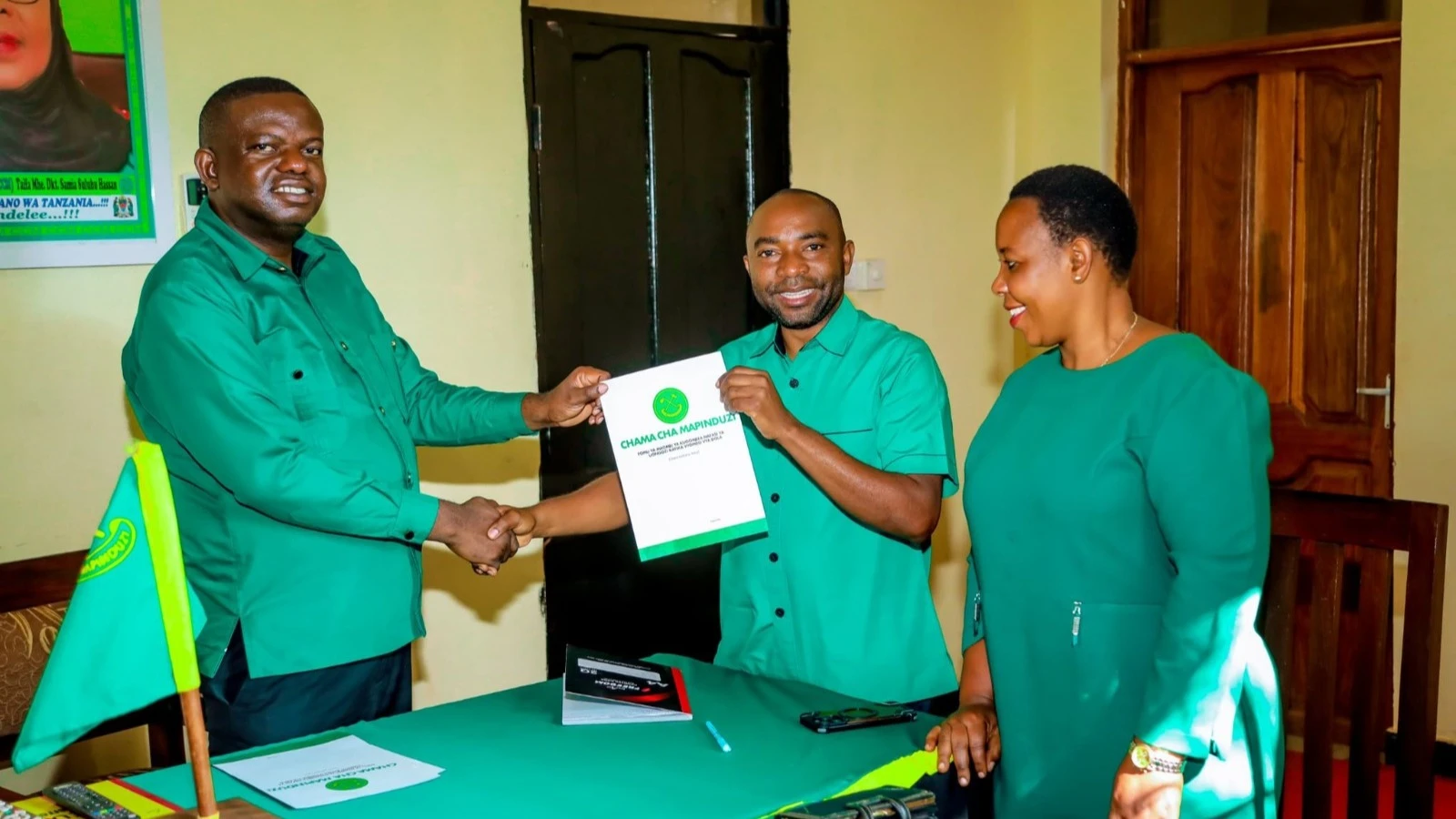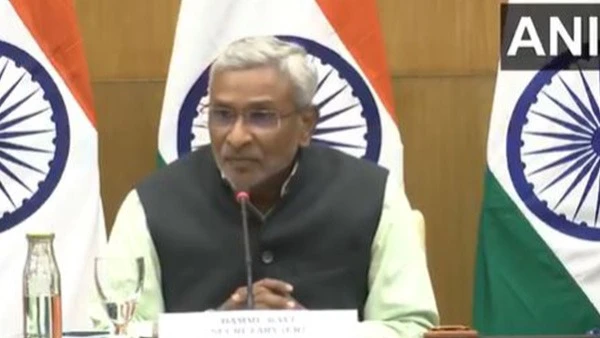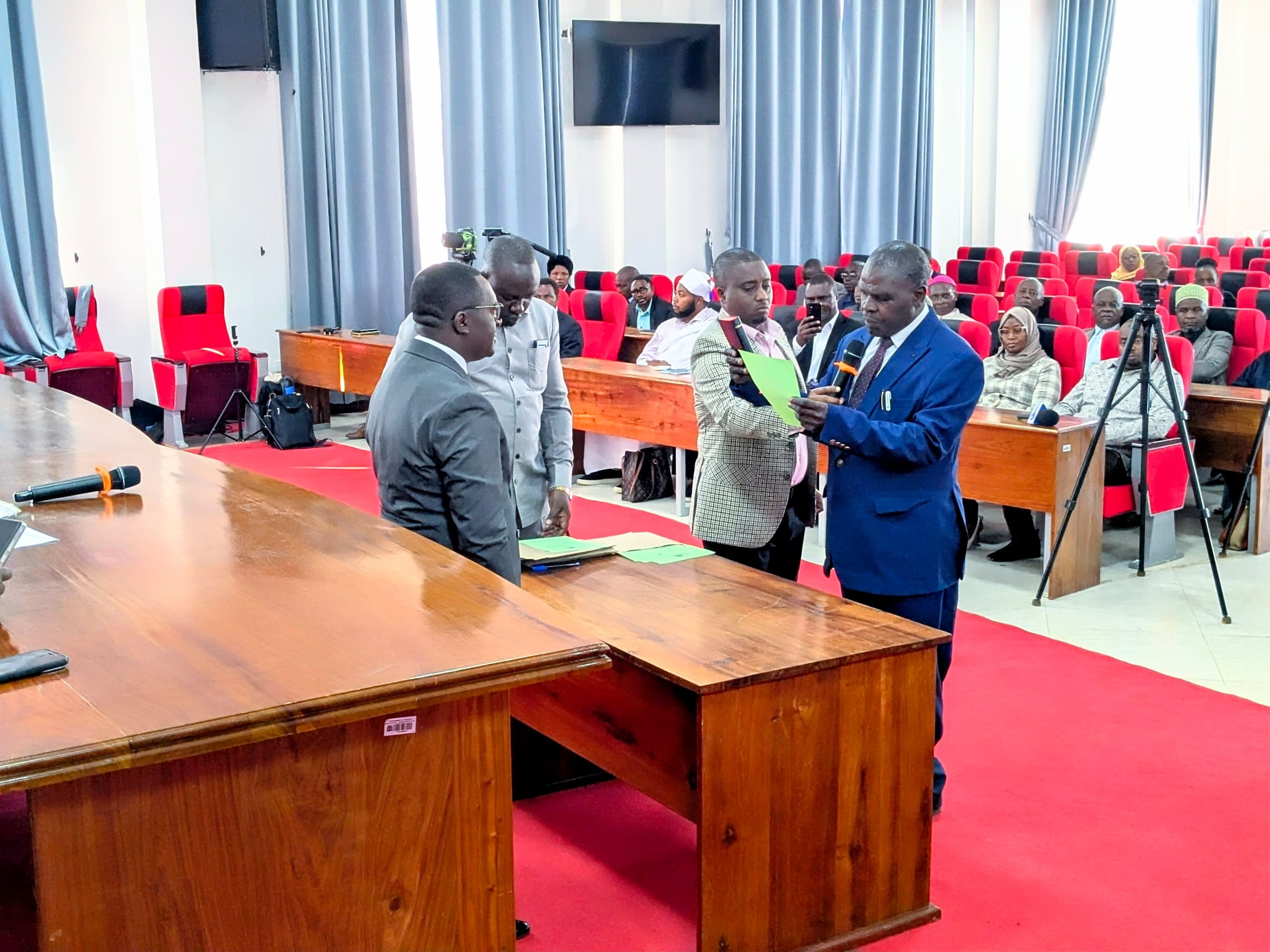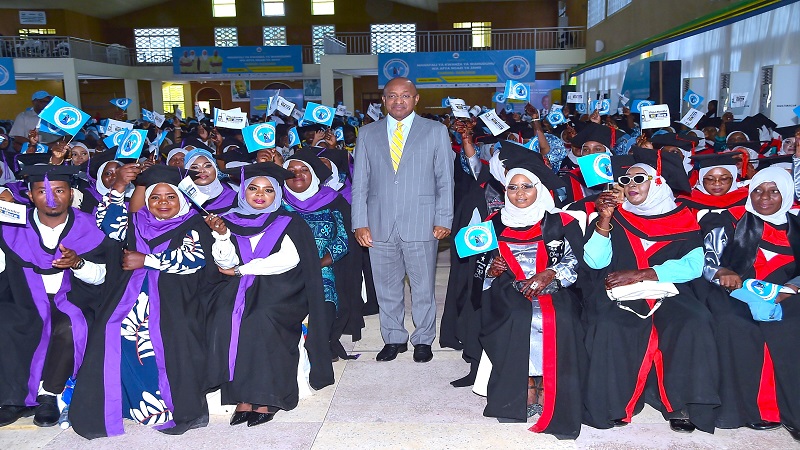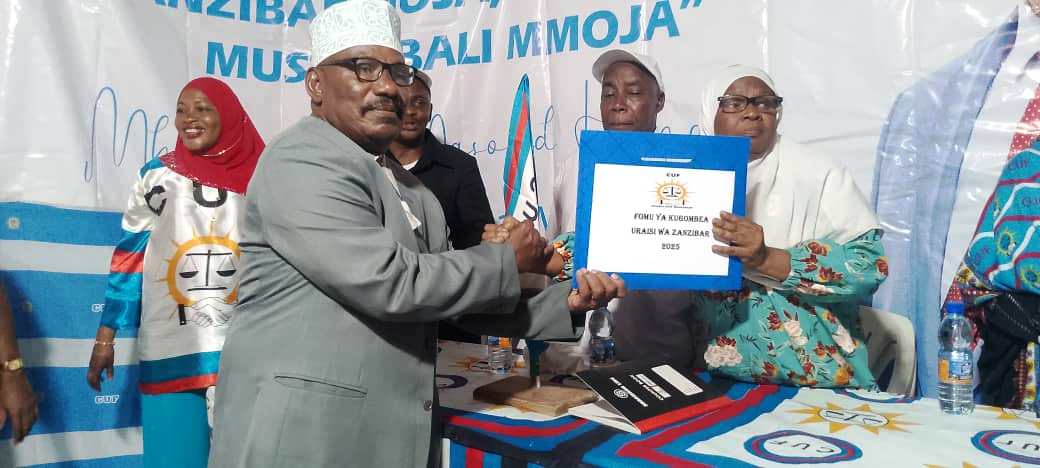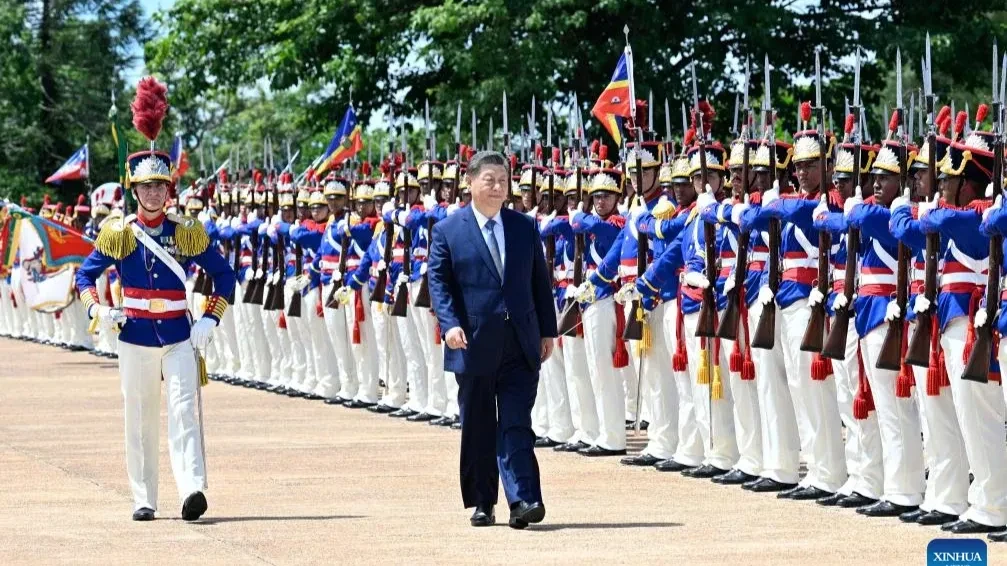Clinical transitions and compact pressing earn Yanga the Federation Cup

YOUNG Africans SC (Yanga) added yet another trophy to their growing cabinet with a commanding 2-0 victory over Singida Black Stars in the Federation Cup final at the New Amaan Complex in Zanzibar.
The win, coming just four days after their Mainland Premier League triumph, highlighted not just their form but also their tactical superiority.
In a final rich with intensity and technical detail, Young Africans’ tactical coherence, particularly their transition play, wing-based attacks, and compact pressing, outshone Singida Black Stars’ efforts. This analysis breaks down how the Mainland giants dictated proceedings from start to finish, adjusting smartly to every challenge.
Young Africans’ Base Structure and Build-Up Mechanics
Young Africans began in their trademark 4-2-3-1, transitioning fluidly into a 4-2-4 during offensive phases. Fullbacks pushed high to provide overlapping width, while the double pivot of Khalid Aucho and Duke Abuya (pictured) anchored central progression.
Singida Black Stars, shifting between a 4-4-2 and 4-4-1-1 press, struggled to consistently disrupt Young Africans’ early build-up. By often dropping Aucho deep or holding one fullback lower, Young Africans created 3v1 or 3v2 advantages, bypassing the first pressing line with ease and destabilising Singida Black Stars’ shape.
However, in midfield, Singida Black Stars compressed space well. Their narrow block forced Abuya and Aucho to receive under pressure with limited turning space, often recycling possession rather than progressing vertically. But Young Africans swiftly adapted.
Exploiting Width and the Opening Goal
Recognising the central congestion, Young Africans shifted their attacking focus wide. Singida Black Stars’ wingers tucked in to crowd the middle, inadvertently leaving Young Africans’ fullbacks unmarked. This adjustment proved vital.
The breakthrough came through this wide avenue. Under pressure centrally, Aucho threaded a pass to Maxi Nzengeli, who quickly released Israel Mwenda on the right. With no cover tracking the overlapping run, Mwenda’s cross forced a save from Amas Obasogie, but Abuya, arriving late, calmly slotted the rebound with his left foot.
The goal epitomised Young Africans’ attacking identity: stretching opponents horizontally, baiting pressure centrally, then striking from wide overloads.
Midblock Pressing: Defence as Offence
Young Africans’ off-the-ball structure was equally effective. Operating in a compact midblock, they triggered aggressive presses when Singida Black Stars sought central progression.
Young Africans’ wingers tucked inside to block vertical lanes, stifling playmakers like Mohamed Damari. When the ball went wide, they jumped to press fullbacks, cutting time and options. This structure forced rushed, often inaccurate passes and kept Singida away from the final third.
Young Africans’ pressing wasn’t passive containment—it was an offensive weapon, creating turnovers in high zones and sparking fast breaks.
Second-Half Transition Shift and Mzize’s Impact
In the second half, both teams initially tried to establish controlled possession. But Young Africans, spotting Singida Black Stars’ increasingly adventurous fullbacks, leaned into quick transitions.
Just five minutes after the restart, Aucho pressed and won the ball in midfield. Nzengeli reacted sharply, sliding a perfectly timed through ball to Clement Mzize. With Singida Black Stars’ centre-backs stretched and fullbacks high upfield, Mzize exploited the chaos, finishing clinically to double the lead.
Young Africans’ second-half attack was defined by fluid rotation between Mzize and Nzengeli, creating confusion for Singida Black Stars’ backline and sustaining the threat through transitions.
Duke Abuya: Young Africans’ Central Conductor
Abuya was at the heart of Young Africans’ midfield dominance. Operating as part of the double pivot, he navigated intense central pressure with composure, often recycling possession instead of risking turnovers.
His awareness and positioning allowed Young Africans to shift play wide and maintain rhythm. Offensively, his presence in the final third was decisive - timing his late run into the box to score the opener.
Defensively, Abuya’s pressing intelligence helped stifle Singida’s midfield. Even after the introduction of Elvis Rupia for more physicality, Abuya and Aucho held firm, cutting off supply lines and denying space between the lines.
His blend of technical intelligence, defensive reading, and attacking awareness underpinned Young Africans’ overall control of the match.
Conclusion: Tactical Precision Seals the Cup
Young Africans’ 2-0 triumph was not just about individual brilliance—it was a testament to their tactical adaptability and execution. From shifting build-up routes to wide channels, using fullbacks for width, to pressing with a midblock that throttled Singida Black Stars’ midfield, they executed a flexible and effective game plan.
Their second-half transition play exposed the risks in Singida Black Stars’ push for parity, and players like Abuya embodied the intelligence and balance that defined the performance.
This victory, their second major silverware in under a week, underscores Young Africans’ place among East Africa’s most tactically sophisticated and successful clubs.
Top Headlines
© 2025 IPPMEDIA.COM. ALL RIGHTS RESERVED


